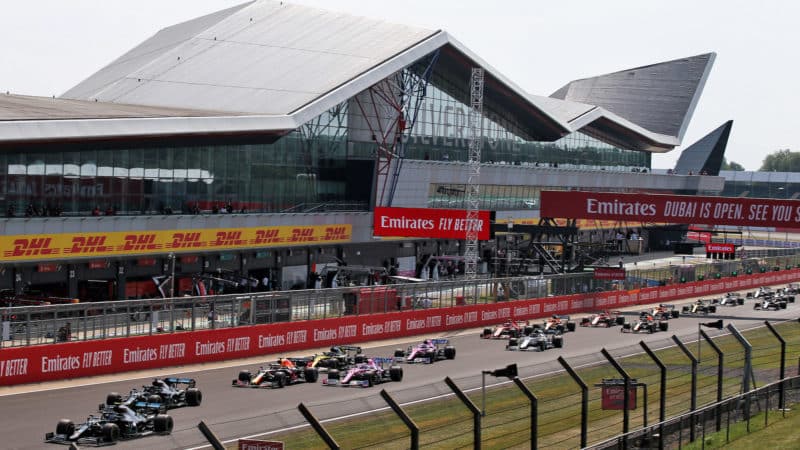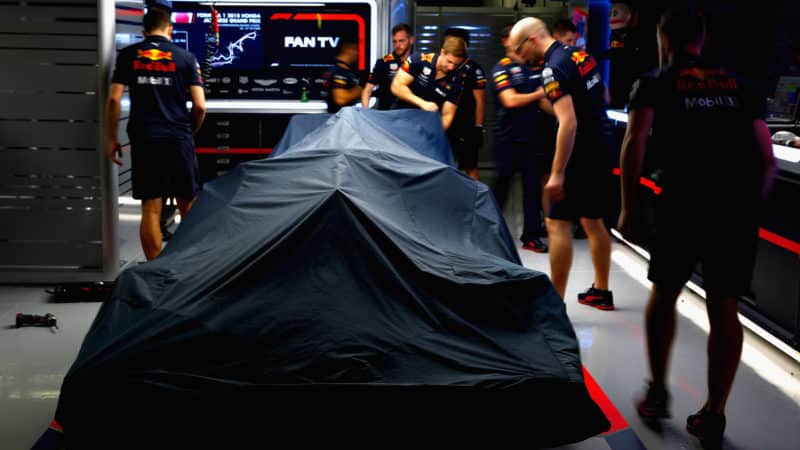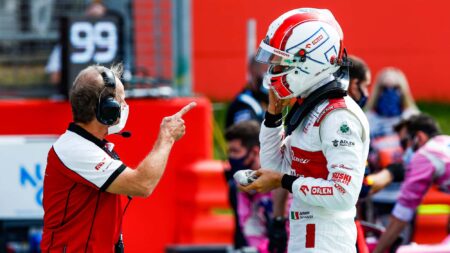“Each team has 12 sets of tyres instead of the 13,” says Brawn. “And they’ve got a pre-determined allocation. So the six soft, four medium or two hard. So that’s 12 sets of dry tyres, and they have the normal sets of wet tyres.
“They can use what they like in the first practice. But the Friday qualifying is four sets of soft tyres, there’s no messing about with ‘I want to use a tyre that I take into the race, so I’m going to use a medium in Q2.’ So it’s very clean, very simple.
“Whoever’s fastest, is the fastest, and they’ll have three goes at it. And the allocation of those tyres, they must leave a new set for Q3. So we can ensure that in Q3, everybody’s is going to have an opportunity on a new set of tyres.”
The second free practice session on Saturday morning will be very different what we see in what would normally be FP3. Qualifying will be out of the way, so it will be all about preparing for the 17-lap sprint in the afternoon, and for Sunday’s main race.
However the catch is that as the cars are already in parc fermé there will be very little that can be done to hone the set-up. If you’re far off, you are in trouble for the rest of the weekend.
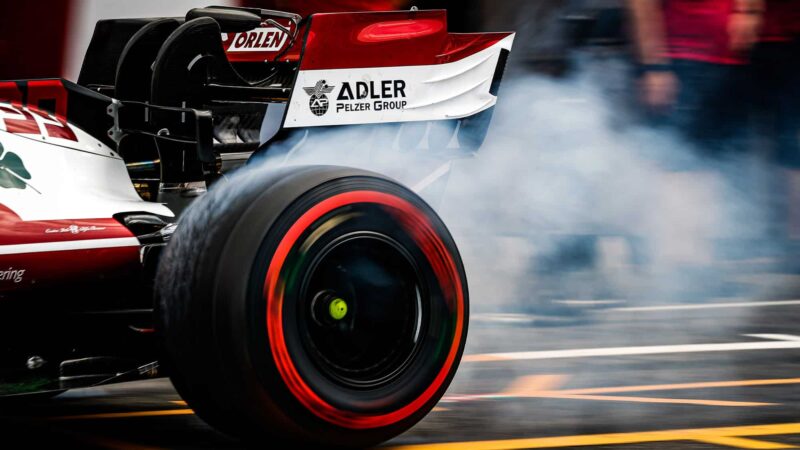
Teams must save a set of soft tyres for the final Q3 session
Florent Gooden / DPPI
“Saturday morning, drivers go out and they have an hour to get the car sorted out further. There’s a very strong limit to what they can do. The cars are still in parc fermé at that stage. And it’s more simple things, maybe a bit of a change on tyre pressure, or diff settings, or things they can do within the constraints of parc fermé.”
The key difference between a sprint and a normal Grand Prix is that tyre choice is absolutely free, and the top 10 do not have to start on the tyres that they used in Q2. The significance is that under the current system the guys at the front often start on the preferred medium tyre, because they had the speed to use it in Q2, and those behind are on the soft, and are thus compromised by earlier pit stops and so on. Now it’s a level playing field, and everyone has a choice of gambling or playing it safer.
“For the sprint, you can use whatever tyre you want. And again, in the Grand Prix, the tyre choice is free. So we’re not encumbered by the tyre that you used in qualifying. So as we know, some of the middle grid teams have to use the soft to get through Q2, and then that’s the tyre they have to use for the race, whereas the fast teams can pick a medium, and get a double advantage.
“So there’s none of that, it’s very clean, very simple. Soft in qualifying, use what you like in the sprint.
“I think the thing that gives a different flavour, a different nuance, a different emphasis, is that it’s a flat out race. There’s no team strategy involved. It’s driver alone, 100kms flat out racing, no team strategy, no pitstops, no fuel saving, nothing.
“Now, a driver may choose to go on a softer tyre on a Saturday, sprint, but he may have to nurse those tyres. Or someone will go on the medium, and they will be able to drive flat out for the whole race.
“They’re going to have 40kgs of fuel in the car, so it’s not going to be so heavy as at the beginning of a normal race. And there’ll be a small number of points awarded on Saturday afternoon [3-2-1 for the top three], which I think is a nice bonus, and something that drivers for sure will be very mindful of.”
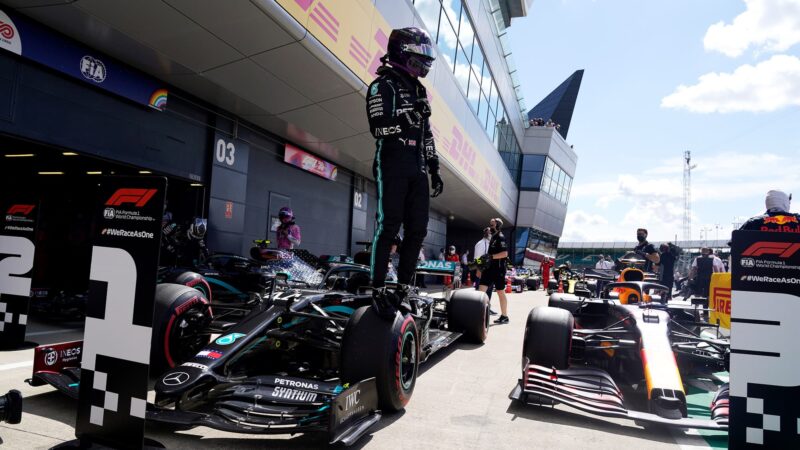
There are three championship points on offer for the winner of the sprint race
Will Oliver/Getty Image
Obviously teams always run as little fuel as they can get away with for weight reasons. Brawn believes that for the sprints they won’t can’t it too fine and put their drivers in a position where they have to focus on saving.
“The teams are always trying to run the minimum amount of fuel they can for the overall weight of the car. Across a full race that can be pretty significant. I think for 100km it’s less significant, so the teams can put whatever fuel they want in the car. We’re optimistic that that will be set at a level that allows the driver to drive flat out for the whole race.”
Brawn remains adamant that whatever advice they get from their teams, drivers really will race hard – simply because they won’t be able to help themselves.
“I think they will battle intensely for position on a Saturday afternoon. People have said won’t they drive conservatively, because they want to preserve their cars and look after things? I guess a driver always drives within a certain limit whenever they’re on the track, because they don’t want to damage the equipment.
